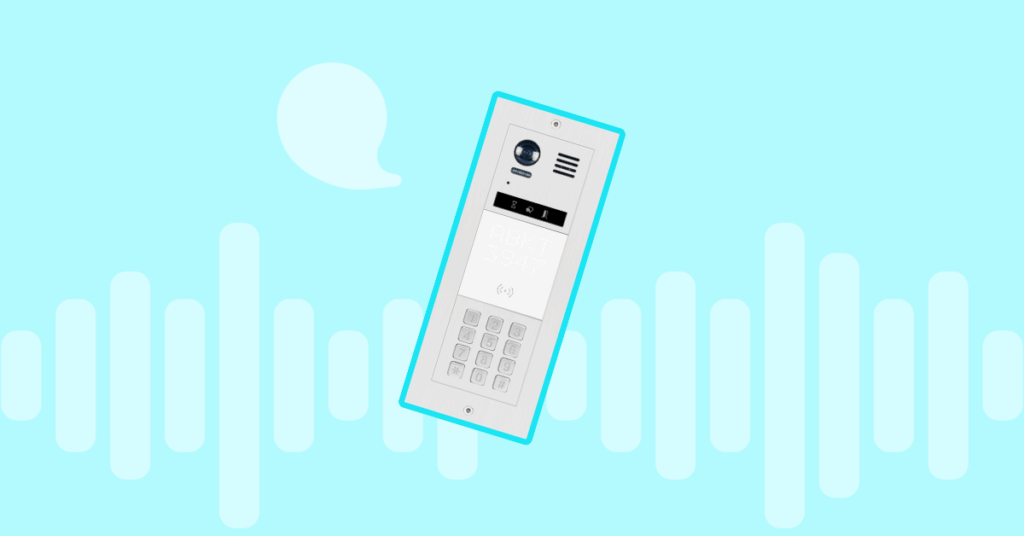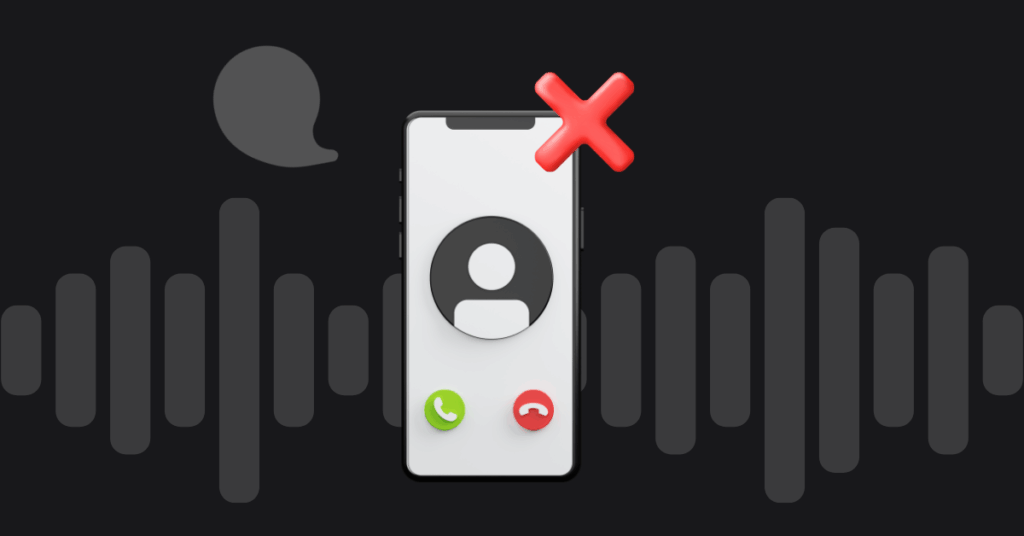
Table of contents
VoIP based phone systems differ from analog PBX tools, yet some parts remain familiar to users. VoIP calls travel over data networks like the Internet. Traditional phone calls use the PSTN instead. Yet, the user experience remains the same on both platforms. People don’t need specific training to use VoIP systems. You pick up the phone to answer a call or dial the number you need.
VoIP systems introduced brand-new features such as visual voicemail and digital faxing. These are hard to replicate on PSTN based PBX systems. Even if it were possible, it would be more expensive and out of reach for most companies. VoIP has also improved existing features we take for granted like Caller ID.
Caller ID
The humble telephone has a rich history spanning centuries. However, quite a few features were recent innovations. For instance, Caller ID launched in the 1980s. It became an indispensable feature for users who wanted to screen calls. You didn’t have to answer calls from unknown numbers anymore.
Caller ID was a game changer for several entities including telemarketers and businesses. Users could reject their calls with a quick glance at the caller ID. Why bother answering the phone if the screen showed unknown caller or toll-free number? Some people wouldn’t even answer calls from numbers that are not in the same area code!
Caller ID made life difficult for spammers and criminals. But it also affected legitimate businesses trying to reach potential clients. How do you reach a customer who rejects calls from unfamiliar numbers? Most enterprises have several phone numbers for various purposes. However, clients may not recognize all of them. As a result, service reps or support agents would be unable to reach customers.
Dynamic Caller ID in VoIP Systems
Dynamic caller ID helps enterprises address this imbalance in the system. Traditional caller ID systems were static i.e. it wasn’t easy to change the number that shows up on the recipient’s phone. Dynamic caller ID allows users to customize this piece of data. So, you can show one number for call 1 and another for call 2 etc.
VoIP service providers can set up this feature in different ways. Some vendors allow users to switch between multiple numbers within their account. Others need you to provide a list of numbers that have this feature enabled. In some systems, you can dial a specific code to change the number displayed on outbound calls. While you do have to memorize the codes, it is an easy way to switch caller ID for multiple calls.
How Can Dynamic Caller ID Help Your Business?
Would you answer a call if the screen showed ‘unknown number?’ This is the biggest reason for enterprises to use dynamic caller ID. Companies can choose a local number to display for outbound calls instead of a toll-free number. Call-center agents can contact users with the appropriate local numbers for familiarity. Users are more likely to answer a call with the local area code.
Dynamic caller ID can help when you are trying to troubleshoot problems for a customer. Sometimes an agent is unable to resolve the issue and requests a supervisor’s help. The supervisor’s number will be unfamiliar to the customer and there is a chance that the call will be screened. Instead, the supervisor can display the same number as the earlier agent on caller ID. The customer knows who is calling and will answer.
Contact centers are not the only departments that can use dynamic caller ID. Salespeople and managers can also use this feature when contacting potential clients. You can select an ongoing number that is appropriate for the call in the circumstances. The client never has to know that the agent they are talking to is in another city or state. Your agents can make professional calls that have a personal touch!
Dynamic caller ID can help you cut down on lost sales opportunities. Customers are more likely to answer calls which display a local caller ID, increasing your response rate. They will take these calls more seriously and your agents have a better chance of closing the sale. Overall, it makes for a better user experience.
Caller ID Spoofing
Dynamic caller ID helps businesses conduct legitimate sales and customer service activities. On the flipside, criminals can also spoof caller ID numbers. They can pretend to be agents of a legitimate business and solicit confidential information from recipients. Businesses showing incorrect or misleading caller ID information will attract fines and penalties from the FCC. Any enterprise that uses dynamic caller ID should comply with the rules or risk a visit from the authorities.
As with any tool, dynamic caller ID can benefit or harm users. It depends on how businesses use it. If you haven’t used this feature yet, contact your service provider and check it out!
Read this post in: Polski
More from the blog
Want to improve your business communication?
Unlock enterprise-class call center power at affordable prices – no hardware, no delays, no surprises!






